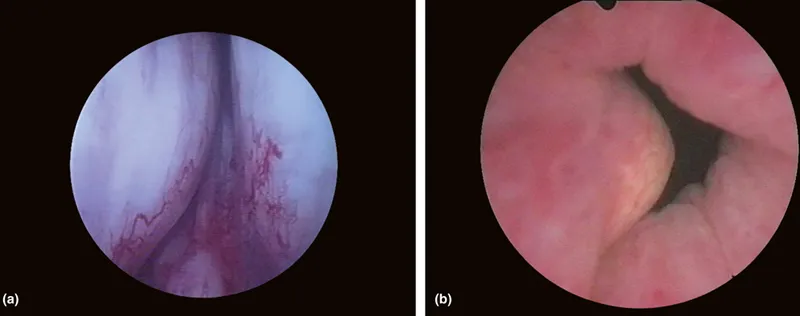
Endoscopic Diagnosis and Treatment in Prostate Pathology
Handbook of Endourology
- 218 pages
- English
- ePUB (mobile friendly)
- Available on iOS & Android
Endoscopic Diagnosis and Treatment in Prostate Pathology
Handbook of Endourology
About This Book
Handbook of Endourology contains five focused, review-oriented volumes that are ideal for students and clinicians looking for a comprehensive review rather than a whole course. Each volume is easily accessible through eBook format.
Topics covered review both the endourological diagnosis and treatment of prostate, urethral, urinary bladder, upper urinary tract, and renal pathology. All chapters describe the most recent techniques, review the latest results, and analyze the most modern technologies.
In the past ten years, the field of endourology has expanded beyond the urinary tract to include all urologic minimally invasive surgical procedures. Recent advancements in robotic and laparoscopic bladder surgery make this one of the fastest moving fields in medicine.
As current textbooks are too time-consuming for busy urologists or trainees who also need to learn other areas of urology, this collection provides quick references and over 4000 images that are appropriate for fellows as well as those teaching in the field.
- Offers review content for urologists in training and "refresher" content for experts in endourology
- Explores new surgical techniques and technology through review-level content and extensive images of pathologies
- Includes over 500 images per volume; images taken from more than 4000 endourologic procedures performed annually at the editor's hospital
Frequently asked questions
Information
Endoscopic Aspects of Prostate Anatomy
Abstract
Keywords

(a) Symmetric, (b) asymmetric.

Table of contents
- Cover
- Title page
- Table of Contents
- Copyright
- Contributors
- Preface
- Acknowledgments
- Chapter 1: Endoscopic Aspects of Prostate Anatomy
- Chapter 2: Endoscopic Electroresection of Benign Prostatic Adenoma (TURP)
- Chapter 3: Bipolar Electroresection of Prostate Adenomas
- Chapter 4: Electrovaporization of Prostate Adenoma
- Chapter 5: Endoscopic Incision of the Prostate (TUIP)
- Chapter 6: Laser Treatment for Benign Prostatic Hyperplasia
- Chapter 7: Enucleation of Benign Prostatic Hyperplasia
- Chapter 8: Microwave Thermotherapy in the Treatment of Prostatic Adenomas (TUMT)
- Chapter 9: Radiofrequency Ablation in the Treatment of Benign Prostatic Hyperplasia (TUNA)
- Chapter 10: Transurethral Balloon Dilation of the Prostate
- Chapter 11: Prostatic Stents
- Chapter 12: Minimally Invasive Treatment Algorithm for Benign Prostatic Hyperplasia
- Chapter 13: The Place of Endoscopy in the Modern Treatment of Prostate Cancer
- Chapter 14: Endoscopic Treatment of Prostatic Abscesses
- Chapter 15: Endoscopic Treatment of Prostatic Lithiasis
- Subject Index